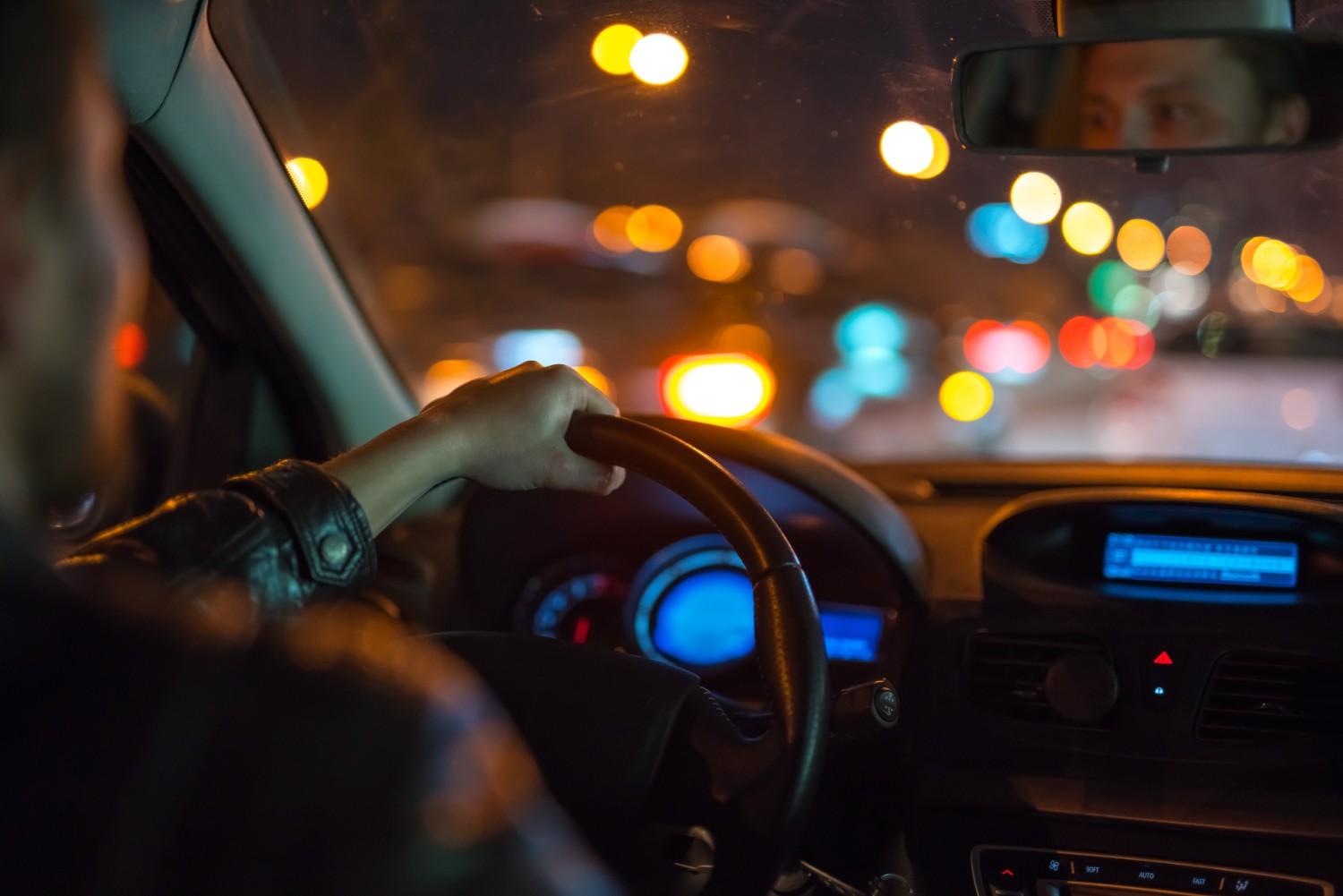Have I Ever Told You About That Night I Drove Into a Ditch?
It was past midnight, somewhere outside Des Moines, and I was trying to beat traffic by driving through the night after a work conference. Coffee in the cup holder, podcast playing, eyes getting heavier by the mile. Long story short? I missed a turn, caught a patch of fog, and gently (okay, not so gently) slid into a ditch.
That was the moment I realized night driving is dangerous because it tricks you into thinking you’re fine—until you’re absolutely not. And trust me, if it can happen to a seasoned safety analyst like me, it can happen to anyone. So buckle up, friend. If you’re someone who regularly hits the road after sundown—or even occasionally—you need to understand why the roads become an entirely different beast at night.
Is It Dangerous to Drive at Night?
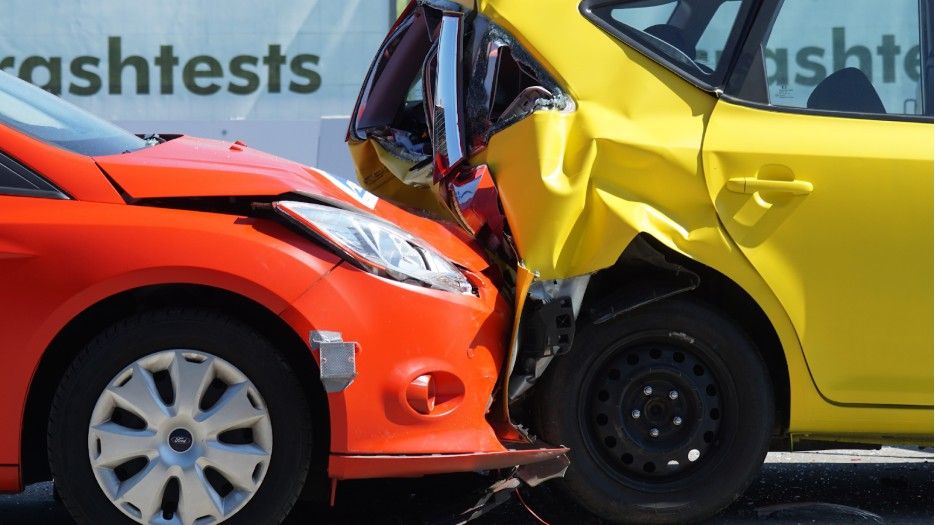
Absolutely—and not just because of the dark. Night driving is dangerous because the risks don’t stop at limited vision or tired drivers.
You’re also sharing the road with more impaired drivers. Statistically, more drunk-driving crashes happen at night, especially after 9 p.m. Factor in speeding on empty roads, and the stakes climb even higher. It’s a recipe for risk, whether you’re sober or not.
Plus, drivers tend to let their guard down at night. Ever notice how people relax into autopilot when the roads are quiet? That mental checkout can lead to delayed reactions or missed cues, like a red light or a sudden brake ahead.
Why Is It More Dangerous at Night?
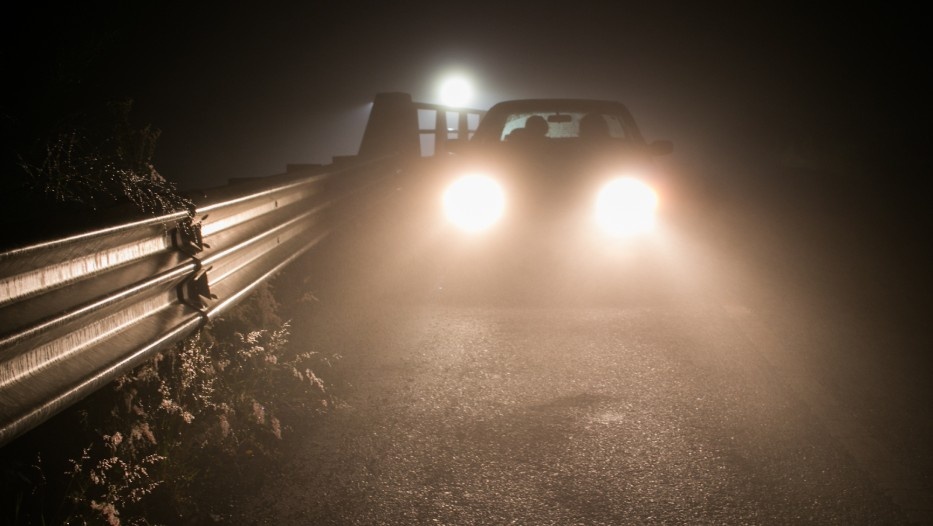
After sunset, everything your brain relies on while driving gets compromised: vision, depth perception, reaction time, even your ability to stay awake.
First off, visibility drops dramatically. Headlights only light up a small section of road (about 250 feet ahead with low beams), which gives you less time to respond to obstacles, curves, and wildlife with a death wish. Add glare from oncoming traffic, and you’ve got yourself a visual mess.
Second, fatigue sneaks in faster than you’d expect. Your circadian rhythm naturally dips late at night and early morning, meaning your alertness is at its worst right when most people are driving home from late shifts, parties, or long road trips. You may feel awake, but your brain is already yawning.
Why Is Driving at Night Difficult?
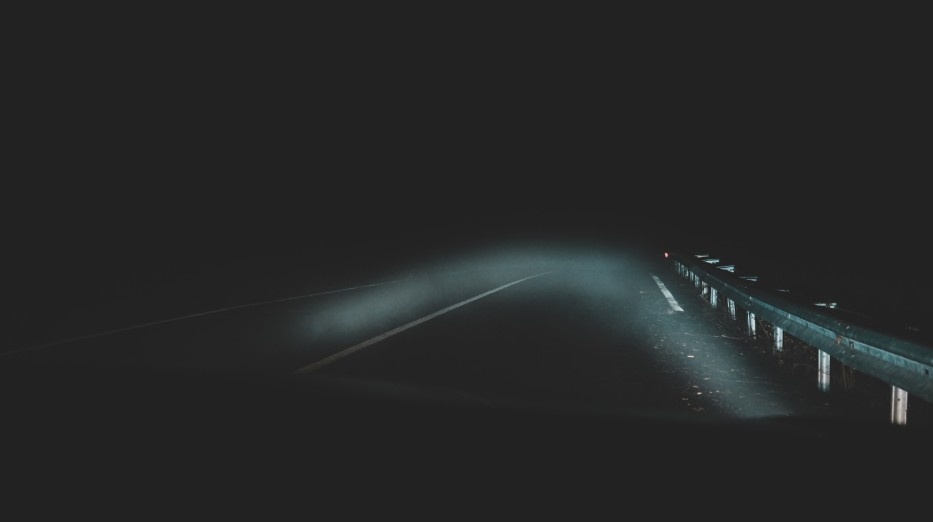
Here’s the plain truth: your eyes and brain just weren’t designed for high-speed decision-making in low light.
Night vision depends on the rods in your retina, which are great for detecting movement but terrible at distinguishing color and detail. That means you’re slower to spot road signs, lane markings, or even pedestrians.
Glare is another beast. When bright headlights from oncoming traffic hit your eyes, they can leave behind a temporary “light hangover,” affecting your vision for several seconds. That’s more than enough time to miss a hazard or veer off course.
And let’s not forget the weather. Fog, rain, or even dew on your windshield reflects light in ways that distort your visibility even more at night than during the day.
Is Night Driving Bad for the Eyes?
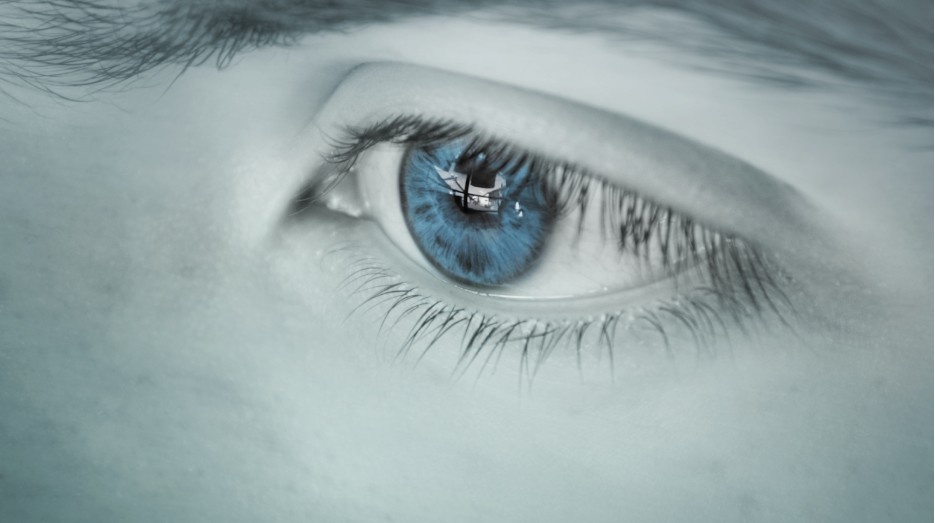
Oh, your poor eyes. They’re working overtime when you’re driving at night, and most of us don’t even realize it. Your pupils dilate in the dark to let in more light, but that also makes them more sensitive to glare, like from oncoming headlights or street lamps. If you’ve ever squinted or turned your head slightly to avoid being blinded, that’s your body instinctively protecting your retina.
For people with even mild eye conditions, like astigmatism or dry eye, night driving can feel like driving through a smeared glass. And if you’re over 50, natural aging of the eye lens can further scatter light, making things like reflections, halos, and blur worse.
Pro tip from your safety gal? Schedule that yearly eye exam and ask specifically about nighttime driving lenses or anti-glare coatings. They’re not just gimmicks—they work.
How to Make the Most of Night Driving When You Can’t Avoid It
Sometimes, night driving is unavoidable. Whether you’re commuting late or road-tripping through the dark, here’s how to make it safer without turning into a nervous wreck. Start with the basics: clean your windshield (inside and out), aim your headlights properly, and use your high beams when there’s no oncoming traffic. You’d be shocked how much clarity that restores.
Slow down—even on familiar roads. Just because you’ve driven that route a thousand times doesn’t mean it’s safe at night. Reduced visibility means hazards appear faster and give you less time to react. Give your eyes a break by avoiding direct stares into bright lights. Use the “look to the right edge” trick when facing oncoming traffic to avoid being temporarily blinded. And keep your dashboard lighting low to help your eyes adjust.
Lastly, be honest about your fatigue level. If you’re fighting to keep your eyes open or relying on loud music to stay alert, it’s time to pull over. A 15-minute nap in a rest stop can be more effective than a triple espresso and an air-freshener slapping you in the face.

FAQ: Real Questions About Night Driving Safety
1. Why do roads feel more dangerous at night even when traffic is lighter?
Because your visibility is lower, your reflexes are slower, and impaired drivers are more likely to be on the road. Even empty streets can turn risky in the dark.
2. Should I avoid driving at night if I wear glasses?
Not necessarily, but you should talk to your optometrist about anti-reflective lenses or specialized night driving glasses. Glare can be 10x worse through outdated prescriptions or scratched lenses.
3. How do I tell if I’m too tired to drive?
If you’re blinking a lot, missing exits, drifting in your lane, or struggling to remember the last few miles—those are red flags. The second you notice those signs, it’s time to pull over and rest.
4. Are automatic headlights enough for safe night driving?
They help, but don’t depend on them alone. Always check if your headlights are aimed correctly and if your high beams are functional. Maintenance matters more than automation here.
The Final Scoop Before You Hit the Road
If I had to sum it up, night driving is dangerous because it puts your senses, your reflexes, and your good judgment under a magnifying glass. It’s like trying to do algebra in a dimly lit room, with the clock ticking and the stakes sky-high.
But you’re not powerless. With a few mindful adjustments and a healthy respect for how your body works after dark, you can drive safely at night. Knowing things like what to do when hydroplaning or how to handle sudden glare can make all the difference. Just remember: it’s not about being fearless—it’s about being prepared.
And hey, if you’re still unsure? Take the scenic route in daylight. Your sleep schedule—and your fender—will thank you.

